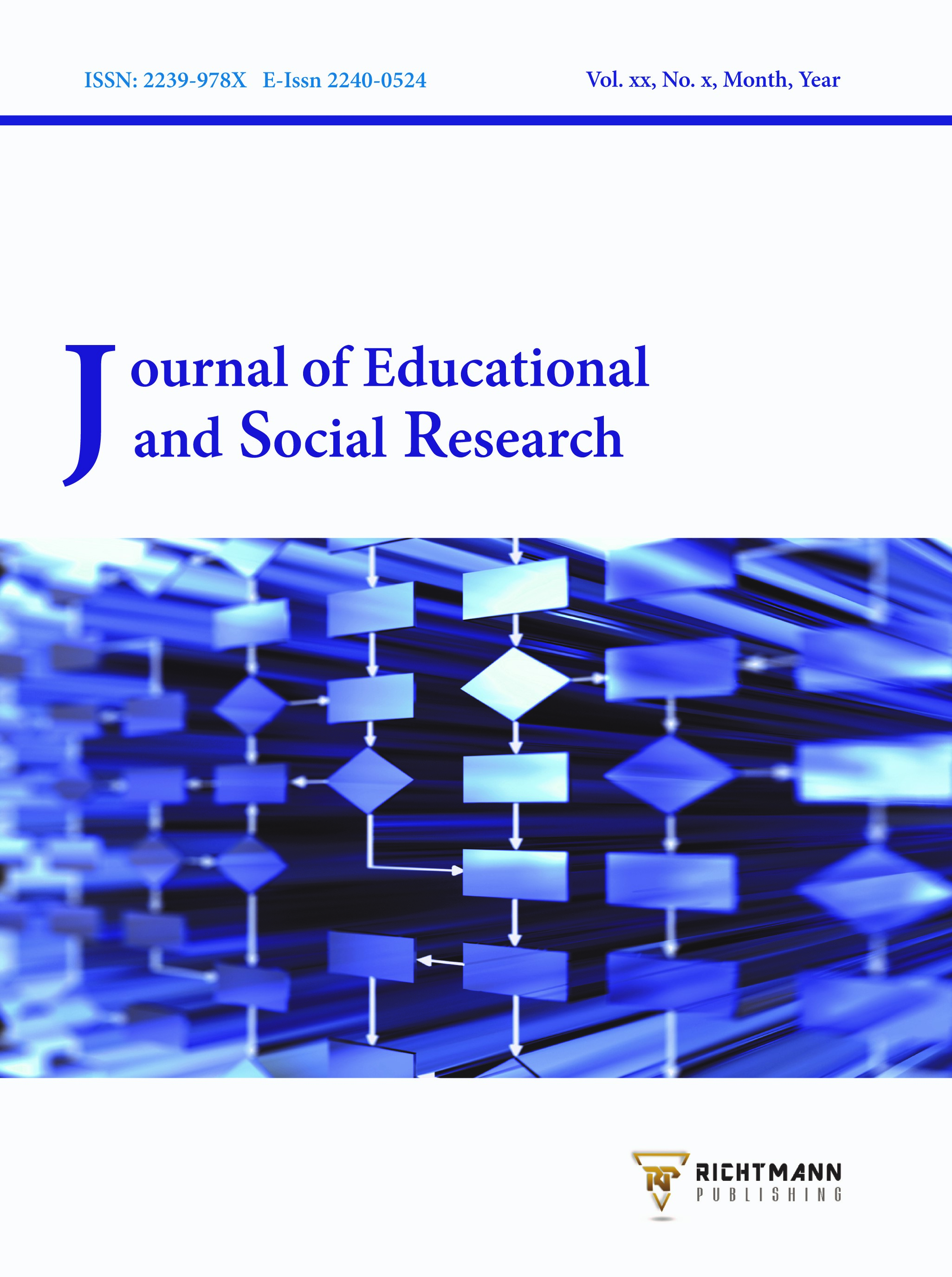The Prevailing Values among High School Male and Female Teachers and their Role in their Educational Performance
DOI:
https://doi.org/10.36941/jesr-2022-0148Keywords:
prevailing values, high school, teachers, educational performanceAbstract
The study identified high school male and female teachers committed to personal - moral - social - recreational values. The sample was three secondary schools for girls and four for boys in Al-Aflaj. They were 200 male and female teachers. The study tools were the values ??scale with four dimensions: moral, subjective, social, and recreational values, and the educational performance scale (46). Standard mean - standard deviation - (t) test, Mann-Whitney test - Spearman test - Pearson test were used. The results showed no statistically significant differences between male and female high school teachers. There is no positive correlation between the high school teachers' commitment degree to different values, their educational qualification level, and the training courses they received in the educational field. There is a positive correlation between high school teachers' commitment to subjective and recreational values and the number of training courses they received in the educational field. The research concludes that directing high school teachers to the prevailing values influences male and female students. Training high school teachers on purification methods, activities, and educational means is necessary for developing values.
Received: 29 July 2022 / Accepted: 3 October 2022 / Published: 5 November 2022
Downloads
Downloads
Published
Issue
Section
License

This work is licensed under a Creative Commons Attribution-NonCommercial 4.0 International License.
This work is licensed under a Creative Commons Attribution-NonCommercial 4.0 International License.









